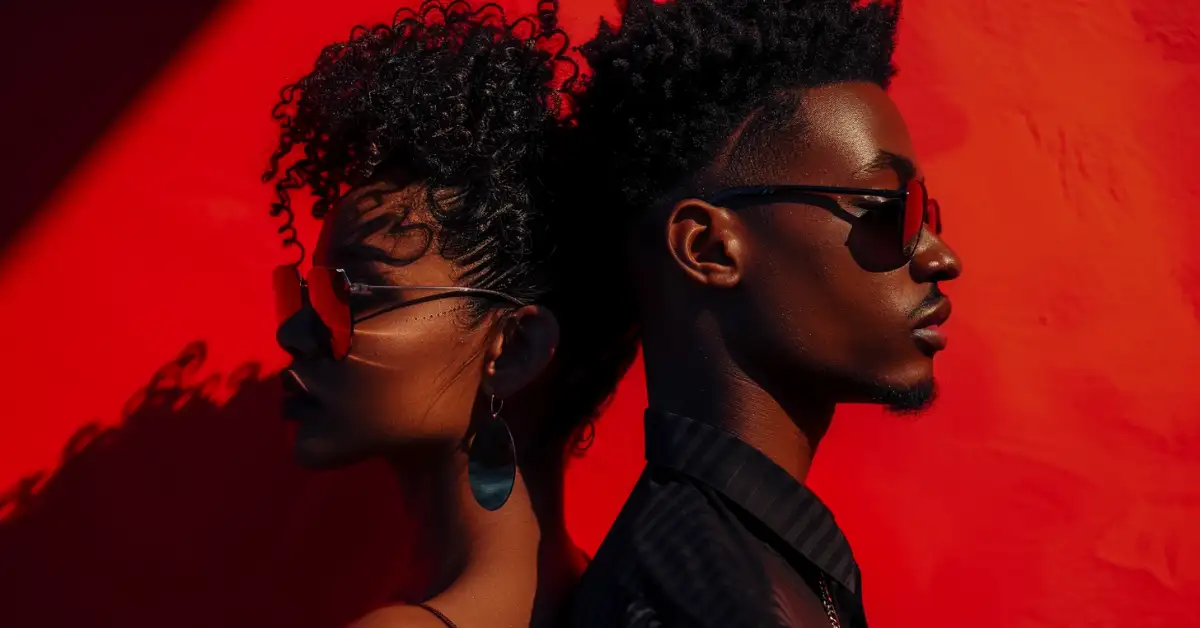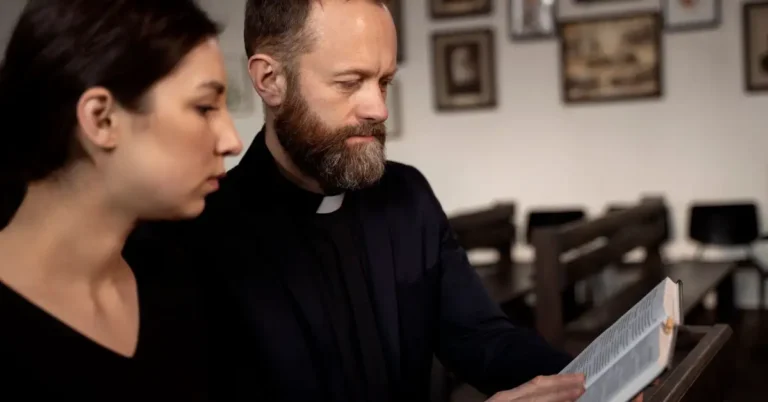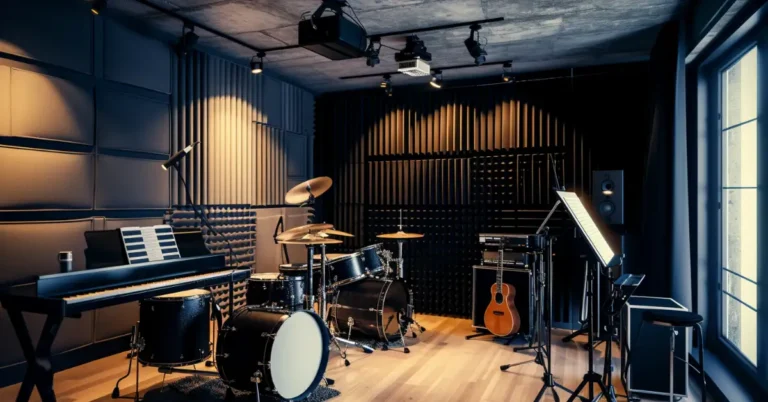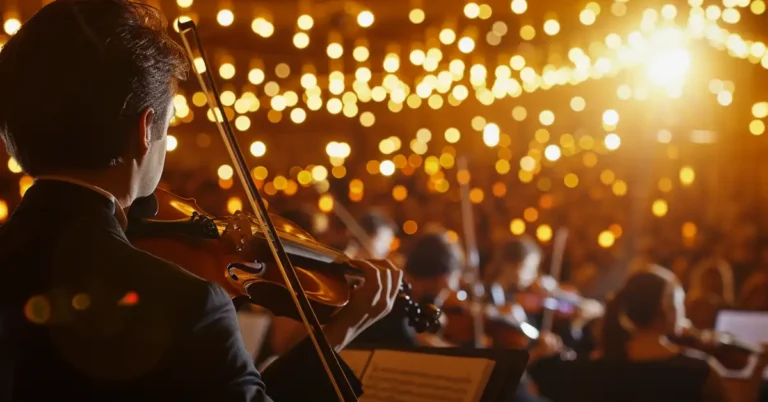Contemporary R&B is a vibrant genre that fuses soulful rhythms with modern influences, creating a sound that dominates today’s music scene. This page will guide you through the essence of contemporary R&B, its evolution, and its impact on listeners. Prepare to explore the rich layers and emotive storytelling that make contemporary R&B a staple of modern music.
What is Contemporary R&B?
When we explore the question, “what is contemporary R&B,” we immerse ourselves in a genre that seamlessly fuses the rhythmic elements of its heritage with modern pop sensibility. It’s a vibrant, evolving music style that incorporates different elements such as pop, soul, funk, hip-hop, and electronic music to create a sound that resonates with a wide audience.
| Characteristic | Description |
|---|---|
| Origins | Evolved from rhythm and blues |
| Sound | Smooth, lush vocal arrangements with a polished production |
| Influence | Draws from pop, soul, funk, hip hop, and electronic music |
| Rhythm | Beats often inspired by hip hop or dance music |
| Innovation | Continues to adapt with cutting-edge production techniques |
| Artists | Known for notable artists like Sza and Chris Brown |
The rhythm and flow of contemporary R&B often exhibit a smoother, more polished feel compared to the raw energy of classic R&B. Incorporating electronic influences, the genre presents a modern twist to the music that has its roots deep in the African American musical tradition.
By crafting soundscapes that blend the familiar with the new, contemporary R&B remains a dominant force in the musical landscape, celebrating its history while always looking ahead to the next innovation..
Defining Elements of Contemporary R&B
Exploring what is contemporary R&B, we’re delving into a genre rich with emotive vocals and modern production that melds rhythm and blues with pop sensibilities.
Vocal Styles and Lyric Themes
Contemporary R&B vocalists are known for their smooth, polished vocal delivery which leans heavily on expressive techniques like melisma. Lyrically, much of the genre’s content revolves around themes of love and relationships, often reflecting on the intricacies of personal connections with a deep sense of mood and feel.
Production and Instrumentation
The production style of contemporary R&B is marked by a lush and layered approach, notable for its use of synthesizers and electronic influences. The instrumentation often includes percussion that holds a steady groove and is complemented by pianos or other keyboard instruments, underscoring the signature vocal arrangements.
Influence on Other Genres
Contemporary R&B has left its mark on various other genres, lending its sultry beats and harmonies to the realm of pop, and even influencing the expansive category of hip-hop. Its record production techniques and its meticulously crafted vocal arrangements have become a touchstone for artists looking to evoke an authentic R&B feel in their music.

Key Artists and Albums
When exploring what is contemporary R&B, it’s crucial to look at the talented artists and their groundbreaking albums that shaped this genre.
Pioneers of the Genre
In the genesis of contemporary R&B, artists like Marvin Gaye and Stevie Wonder set the bar high with soulful melodies that infused popular music with a new depth. Albums such as Gaye’s What’s Going On passionately tackled social issues with rich musicality.
- Whitney Houston’s impact was monumental, her divine vocal ability on the album Whitney Houston earning her an eternal spot as a genre pioneer.
- Michael Jackson transcended boundaries with Thriller, blending pop and R&B to create a universal appeal.
Innovators and Chart-Toppers
As the genre evolved, Usher’s Confessions broke records, defining the sound of R&B in the early 2000s. Beyoncé emerged as a solo powerhouse with albums like Dangerously in Love, bridging the gap between R&B and pop with undeniable allure.
- Rihanna‘s versatility on albums such as Good Girl Gone Bad incorporated Caribbean influences into contemporary R&B.
- Mary J. Blige is often hailed as the “Queen of Hip-Hop Soul,” particularly for her work on My Life, which seamlessly combined R&B with hip hop.
Rise of Alternative R&B
Alternative R&B artists like Frank Ocean and The Weeknd have brought introspective lyricism and atmospheric production into the forefront, with albums like Channel Orange and House of Balloons distinguishing their unique sound within the genre.
- Erykah Badu and Lauryn Hill both left indelible marks with their neo-soul classics Baduizm and The Miseducation of Lauryn Hill, which continue to influence artists today.
- Emerging voices like SZA resonate with audiences for their raw emotional content and modern take on R&B storytelling, as evidenced in her album Ctrl.

Cultural Impact and Industry Recognition
Looking at what is contemporary R&B, we’re delving into more than just a music genre; we’re looking at a powerful cultural force that has addressed significant social issues and attained high levels of industry recognition.
R&B’s Role in Social Issues
Contemporary R&B, born from the rich heritage of African American gospel and soul music, often serves as a narrative for experiences, including triumphs and challenges related to racism and social injustice. Artists use the genre as a platform to voice struggles, aspirations, and the demand for change, resonating deeply with audiences and influencing broader popular music trends.
Achievements and Awards
Contemporary R&B has seen considerable success on the charts, with many songs consistently hitting the Billboard Hot 100. The genre’s recognition extends to prestigious awards; for instance, the Grammys introduced the Best Contemporary R&B Album category to acknowledge the evolving soundscapes of R&B. NdrFcShortjson
Current Trends and Future Directions
Diving into what is contemporary R&B, we see a genre constantly evolving through the fusion of diverse music styles and the innovative use of technology by emerging artists.
Fusion with Other Music Styles
Contemporary R&B has always been a melting pot of sounds, and today’s trends show a significant blend of hip-hop, neo-soul, and even electronic music. This fusion has led to the rise of subgenres like alternative R&B, which intertwines the soulful vibes of traditional Rhythm and Blues with the edgier, experimental sounds of genres like rock and electronic music. Look at artists such as Bryson Tiller and their contributions to subgenres like trap soul — a blend of trap beats with soulful R&B melodies.
- Alternative R&B: Combines traditional soulfulness with non-traditional sounds.
- Nu-Funk/2-Step: Revives classic funk through a modern lens.
- Crunk&B: Merges crunk hip hop with smooth R&B rhythms.
Emerging Artists and Technology
Modern R&B thrives not just through its artists but also the technological advancements shaping the music landscape. For instance, Drake‘s album “Anti” showcases a production that leverages innovation in electronic and trap music to alter the sound of mainstream R&B. Additionally, the use of internet platforms and social media has revolutionized how upcoming artists distribute their music, connect with fans, and disrupt the industry, hinting towards even more personalized and immersive listening experiences in the future.
- Innovation in production: The use of advanced music production and distribution technologies.
- Social Media: New artists leverage platforms like Instagram, SoundCloud, and TikTok to gain exposure.
The Evolution of Contemporary R&B
When we explore what is contemporary R&B, we’re delving into a rich tapestry that seamlessly weaves together the silky threads of classic soul and the gritty textures of hip-hop, with dashes of pop’s catchy rhythms.
Roots in Classic Soul and Funk
Contemporary R&B has deep roots in the expressive melodies of classic soul and the grooves of funk music. It emerged prominently from African American culture, drawing from traditional elements that spoke to both the struggle and celebration within these communities. Artists like James Brown set the stage with their rhythmic innovations, influencing the genre’s core with their powerful vocals and deeply emotive storytelling.
Influence of Hip-Hop and Pop
As the genre evolved, hip-hop and pop music exerted a profound influence. The conversational and often socio-political lyricism of hip-hop blended with R&B to create a new jack-swing sound, a hybrid that featured funky rhythms and samples. This sound was a departure from the smoothness of soul, introducing a more edgy and upbeat tempo to the genre. Pop music’s emphasis on catchy melodies and mainstream appeal further shaped contemporary R&B, transforming it into a genre with a wider reach and diverse fanbase.
Transition from Disco to Modern Sound
The transition from the disco era to the modern R&B sound marked a significant shift. The buoyant energy of disco gave way to more sophisticated, production-heavy tracks. This modern sound incorporates elements of neo-soul, further nuanced by introspective lyrics and an emphasis on strong vocal performances. Technology has also played a crucial role, enabling innovative use of synthesizers and digital production techniques to create the lush, layered soundscapes that characterize today’s R&B.
What We Love about Contemporary R&B
Here is what we love about contemporary R&B!
Innovative Sounds Contemporary R&B isn’t afraid to blend genres, creating a sound that is constantly evolving. Whether it’s the infusion of electronic music or the seamless integration of hip-hop beats, the genre keeps us on our toes.
Emotive Lyrics The heartfelt storytelling in R&B connects with us on a personal level. We are moved by the raw emotion and the relatable narratives that speak of love, life, and everything in between.
Impactful Artists It’s thrilling to witness icons like Beyoncé and The Weeknd lead the genre to new heights. Their influence extends beyond the music, shaping the cultural landscape.
Versatility What truly stands out is the versatility within the genre. Whether it’s a laid-back vibe or an up-tempo dance track, contemporary R&B adapts to the mood we seek.
Contemporary R&B is like a trusted friend that never fails to provide the perfect backdrop for any of life’s moments, and that’s why we cherish it so.
FAQ – What is Contemporary R&B
What is the difference between R&B and contemporary R&B?
R&B, or rhythm and blues, typically refers to the genre’s traditional sound rooted in soul, blues, and gospel. Contemporary R&B incorporates elements of hip-hop, electronic music, and pop, featuring modern production techniques and often addressing current themes and trends.
What makes a song contemporary R&B?
Contemporary R&B songs typically feature a fusion of traditional R&B elements with modern production techniques such as electronic beats, synthesizers, and hip-hop influenced rhythms. They often address current themes and trends in lyrics and incorporate elements from other genres like pop, hip-hop, and electronic music.
Who started contemporary R&B?
Contemporary R&B emerged as a natural evolution of traditional R&B in the late 20th century, influenced by artists like Michael Jackson, Prince, and Janet Jackson. However, it’s challenging to pinpoint a single individual or group as the sole originator, as it evolved gradually through the fusion of various musical styles and influences over time.
What are the two styles of R&B?
R&B encompasses various styles, but two prominent ones are traditional R&B, rooted in soul, blues, and gospel, characterized by smooth vocals and live instrumentation, and contemporary R&B, which incorporates modern production techniques, electronic elements, and often merges with hip-hop and pop influences.
If you enjoyed reading this blog post on “What is Contemporary R&B,” please take a moment to share your thoughts in the comments section below. We’d love to hear about your experience and insights on this topic!
If you want to keep reading more from us, have a look at these articles.






